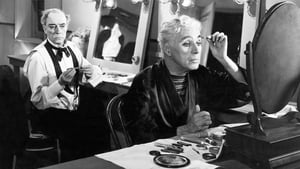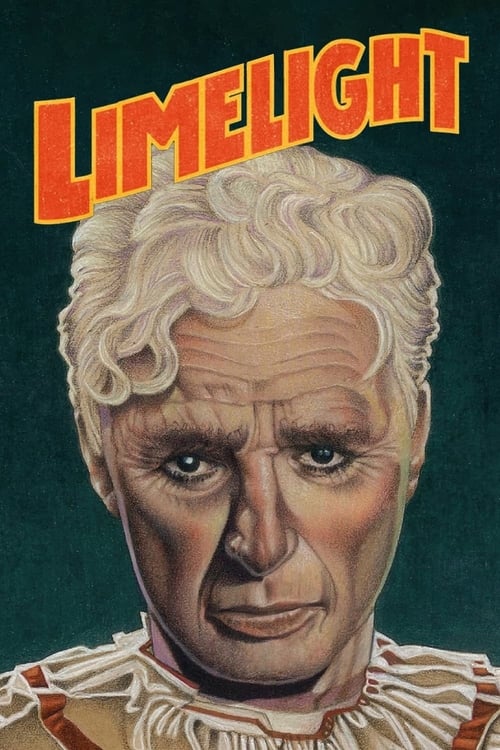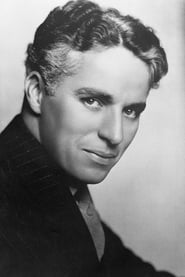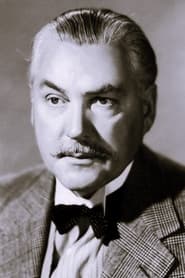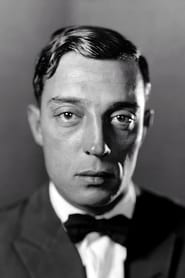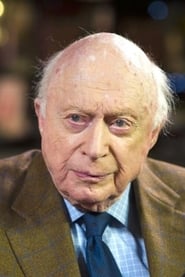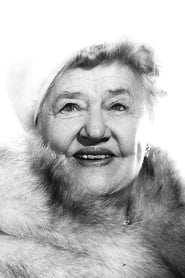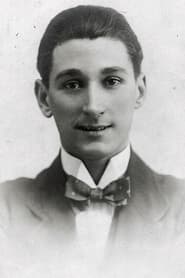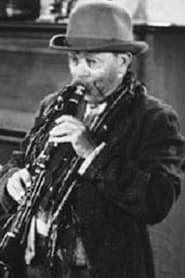Cast
View AllCharlie Chaplin
as Calvero
Claire Bloom
as Thereza 'Terry' Ambrose
Nigel Bruce
as Postant
Buster Keaton
as Calvero's Partner
Sydney Chaplin
as Neville
Norman Lloyd
as Bodalink
Andre Eglevsky
as Dancer - Harlequin
Melissa Hayden
as Dancer - Columbine
Marjorie Bennett
as Mrs. Sybil Alsop
Wheeler Dryden
as Thereza's Doctor
Barry Bernard
as John Redfern
Stapleton Kent
as Claudius
Molly Glessing
as Maid
Leonard Mudie
as Dr. Blake - Calvero's Doctor
Loyal Underwood
as Street Musician
Crew
Director
- Charlie Chaplin
Producer
- Charlie Chaplin
Reviews
barrymost
Chaplin's masterpiece about the bittersweet romance between an aging, washed-up comedienne and the suicidal ballet dancer he rescues and takes under his wing is one of the greatest dramas I have ever seen. It's a marvelous turn by Chaplin, who also directed, wrote the story and composed the score. Claire Bloom is simply wonderful as Chaplin's despondent lover. Also notable is the singular teaming of the two Silent Era greats, Chaplin and Buster Keaton, who appears late in the film. The striking backstage story just gets better and better as it goes on, and every moment of the film is utterly worth it. When it comes to its heartbreaking crescendo of love, comedy, drama and one last give-it-your-all chance to shine in the spotlight, only the dourest of viewers could fail to shed a tear.
Jul 14, 2020
Thematic Analysis
As a dramatic work, Limelight examines complex human relationships and emotional struggles against the backdrop of a period setting that reflects societal issues of its time. The character development particularly stands out, offering viewers a chance to reflect on their own life journeys.
Director Charlie Chaplin brings their distinctive visual style to this film, continuing their exploration of themes seen in their previous works while adding new elements. Their approach to character development and emotional depth creates a viewing experience that rewards close attention.
Released in 1952, the film exists within a cultural context that now offers viewers historical perspective on the social issues of that era. Its critical acclaim reflects its artistic achievements and its place in cinema history.
Did You Know?
- The production of Limelight took approximately 32 months from pre-production to final cut.
- With a budget of $0.9 million, the film proved to be a financial success, earning back its investment and more.
- The final cut of the film runs for 137 minutes, though the director's initial assembly was reportedly 178 minutes long.
- The director insisted on using practical effects whenever possible, reserving CGI for only the most necessary scenes.
- The screenplay went through 14 major revisions before the final shooting script was approved.
- Several scenes were filmed in multiple locations to capture the perfect setting.
Historical Context
- In 1952, when this film was released:
- The Cold War was intensifying, influencing global politics and culture.
- Television was becoming a dominant form of home entertainment.
- The film industry was dominated by major studios, with independent cinema still in its early development.
How This Film Stands Out
While Limelight shares thematic elements with other films in its genre, it distinguishes itself through its unique approach to storytelling, visual style, and character development.
Unlike Freaks, which focuses more on action than character development, Limelight offers a fresh perspective through its innovative visual language and narrative structure.
While films like All Quiet on the Western Front and The 400 Blows explore similar territory, Limelight stands apart through its distinctive directorial vision and pacing.
This film's unique contribution to cinema lies in its bold artistic choices and willingness to challenge viewer expectations, making it a valuable addition to its genre.
Details
- Release Date: October 23, 1952
- Runtime: 2h 17m
- Budget: $900,000
- Revenue: $1,000,000
Where to Watch




